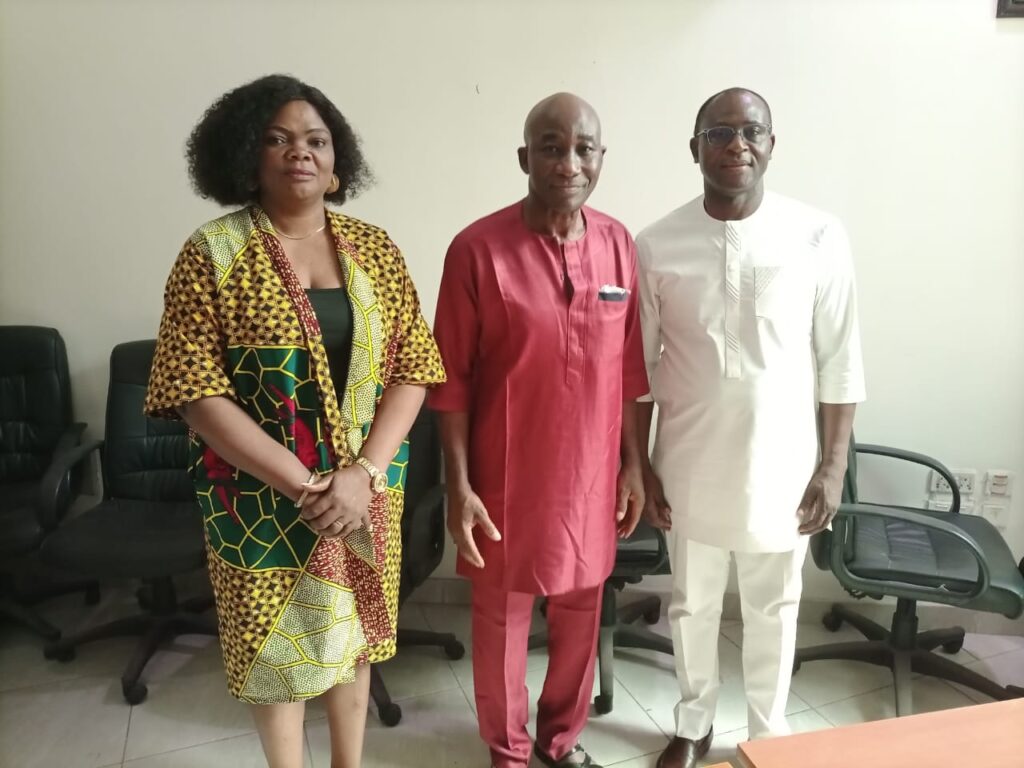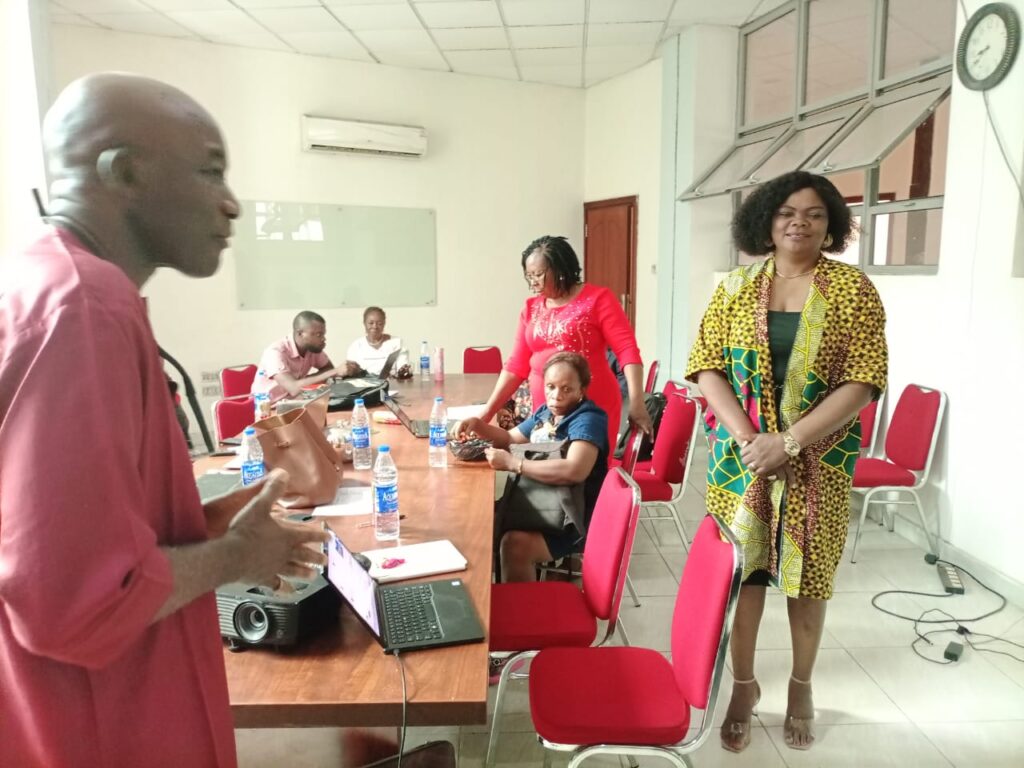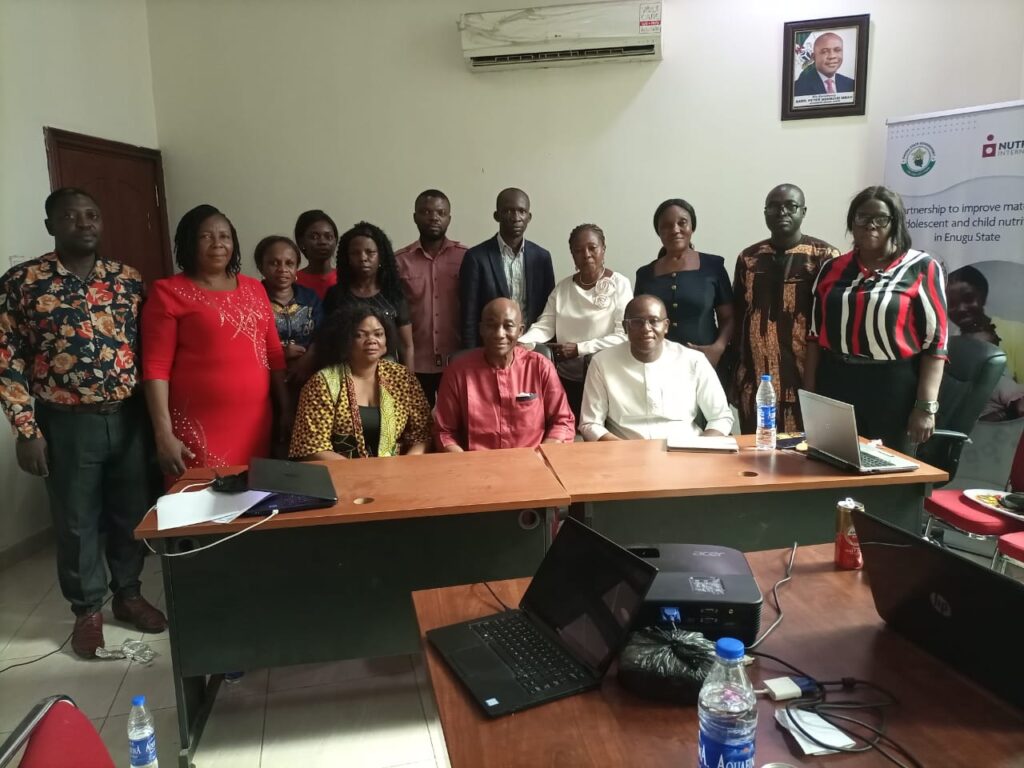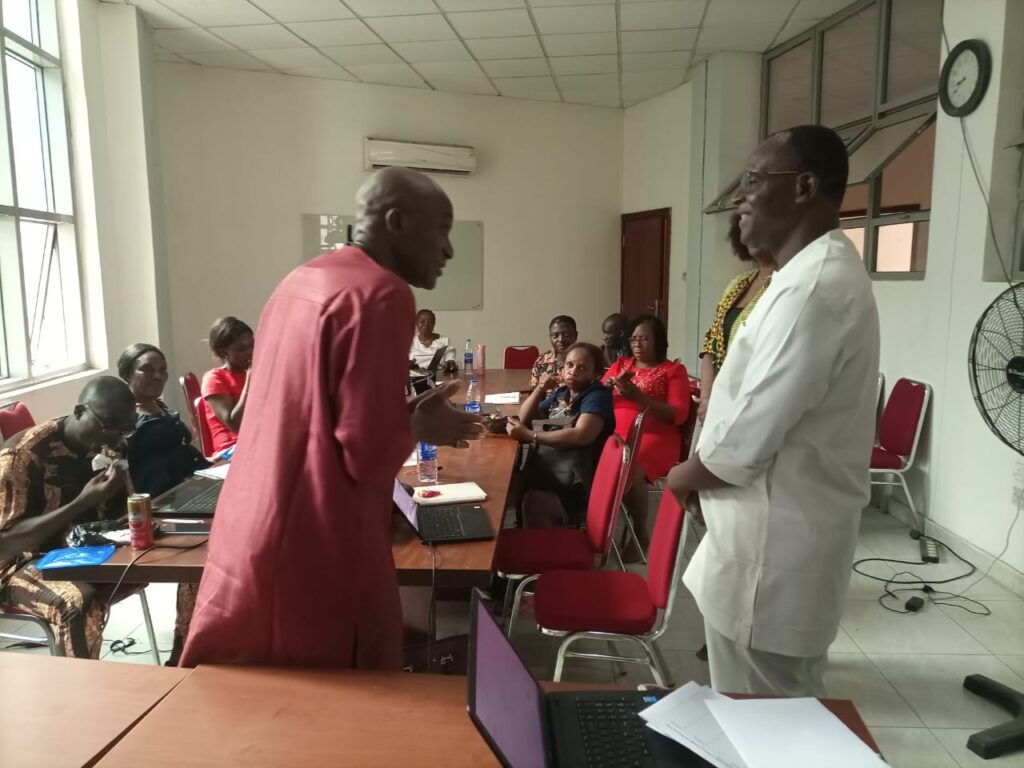
A significant stakeholders meeting regarding the Monitoring and Evaluation System Assessment for Nutrition (MESA-N) Tool took place on March 3rd, 2025, at the Enugu State Ministry of Budget and Planning Conference Hall. Mr. Charles Umar of Nutrition International, Nigeria, conducted the assessment to evaluate the current state of monitoring and evaluation (M&E) of food and nutrition programs within the state.
According to him, effective monitoring and evaluation are crucial for ensuring the success and sustainability of nutrition programs. The MESA-N assessment in Enugu State was initiated to provide a comprehensive understanding of the current M&E landscape and to identify gaps that hinder the efficient tracking of progress towards improved nutritional status. The assessment brought together key stakeholders from diverse sectors, including Health, Primary Health Care, Education, Agriculture, Water Resources and Budget and Planning while reflecting on the multisectoral nature of nutrition interventions.
The primary objectives of the MESA-N assessment were:
* To evaluate the existing M&E system for food and nutrition programs in Enugu State.
* To identify strengths and weaknesses in the current M&E framework.
* To assess the availability, quality, and utilization of nutrition data.
* To map nutrition indicators and analyze the multisectoral dataflow pathway.
* To provide recommendations for strengthening the M&E system.
Methodology:
The assessment employed the following methodologies:
* Consultation and Stakeholder Engagement: The assessment involved representatives from key ministries and agencies, fostering a collaborative approach.
* Utilization of MESA-N Tools: Mr. Charles Umar introduced and facilitated the use of specific MESA-N tools, including:
* Nutrition Indicator Mapping Tool: This tool was used to identify and analyze the key indicators used to monitor nutrition programs in the state.
* Multisectoral Nutrition Dataflow Pathway Assessment Tool: This tool was used to assess the flow of nutrition data across different sectors and identify bottlenecks in data collection, analysis, and dissemination.
* Interactive Discussions and Workshops: Participants engaged in interactive discussions and workshops to share their experiences and insights.
Key Findings:
Based on the assessment, the following key findings were identified:
* Multisectoral Collaboration: The participation of representatives from various sectors demonstrated a commitment to multisectoral collaboration in addressing nutrition issues.
* Data Availability and Quality: The assessment explored the availability and quality of nutrition data, identifying potential gaps in data collection and reporting.
* Indicator Mapping: The nutrition indicator mapping exercise provided insights into the indicators currently used and their relevance to program objectives.
* Dataflow Pathway: The multisectoral dataflow pathway assessment revealed the strengths and weaknesses of the existing dataflow system, highlighting areas for improvement in data sharing and utilization.
* Capacity Building Needs: The assessment likely revealed capacity building needs for personnel involved in M&E activities, particularly in data management and analysis.
* Coordination Challenges: Like in many states, coordination between different sectors concerning nutrition can be challenging. The assessment would have highlighted these challenges.
Recommendations:
Based on the findings of the assessment, the following recommendations are proposed:
* Strengthen Data Collection and Management: Improve data collection tools and processes to ensure the availability of accurate and timely nutrition data.
* Enhance Data Analysis and Utilization: Build capacity for data analysis and promote the use of data for evidence-based decision-making.
* Improve Multisectoral Coordination: Strengthen coordination mechanisms to facilitate effective collaboration among different sectors.
* Develop a Comprehensive M&E Framework: Develop a comprehensive M&E framework that aligns with national and international standards.
* Invest in Capacity Building: Provide training and technical assistance to personnel involved in M&E activities.
* Regular Monitoring and Evaluation: Establish a system for regular monitoring and evaluation of nutrition programs.
* Establish a strong data sharing protocol: Create a system that allows for easy and secure sharing of nutrition related data between the different ministries.
Conclusion:
The MESA-N tool in Enugu State provided a valuable opportunity to evaluate the current state of M&E for food and nutrition programs. The findings of the assessment highlighted the need for strengthening the M&E system to ensure the effective implementation of nutrition interventions and the achievement of desired outcomes. The commitment demonstrated by the Enugu State Ministry of Budget and Planning and other stakeholders, along with the technical support provided by Nutrition International, Nigeria, will be crucial in implementing the recommendations and improving the nutritional status of the population. The commendations from the Commissioner for Budget and Planning, Chief Barr Chris-Roberts Ozongwu, and the Permanent Secretary, Mrs. Clara Nwakaego Eze, further demonstrate Enugu State’s readiness to improve its nutrition outcomes.




